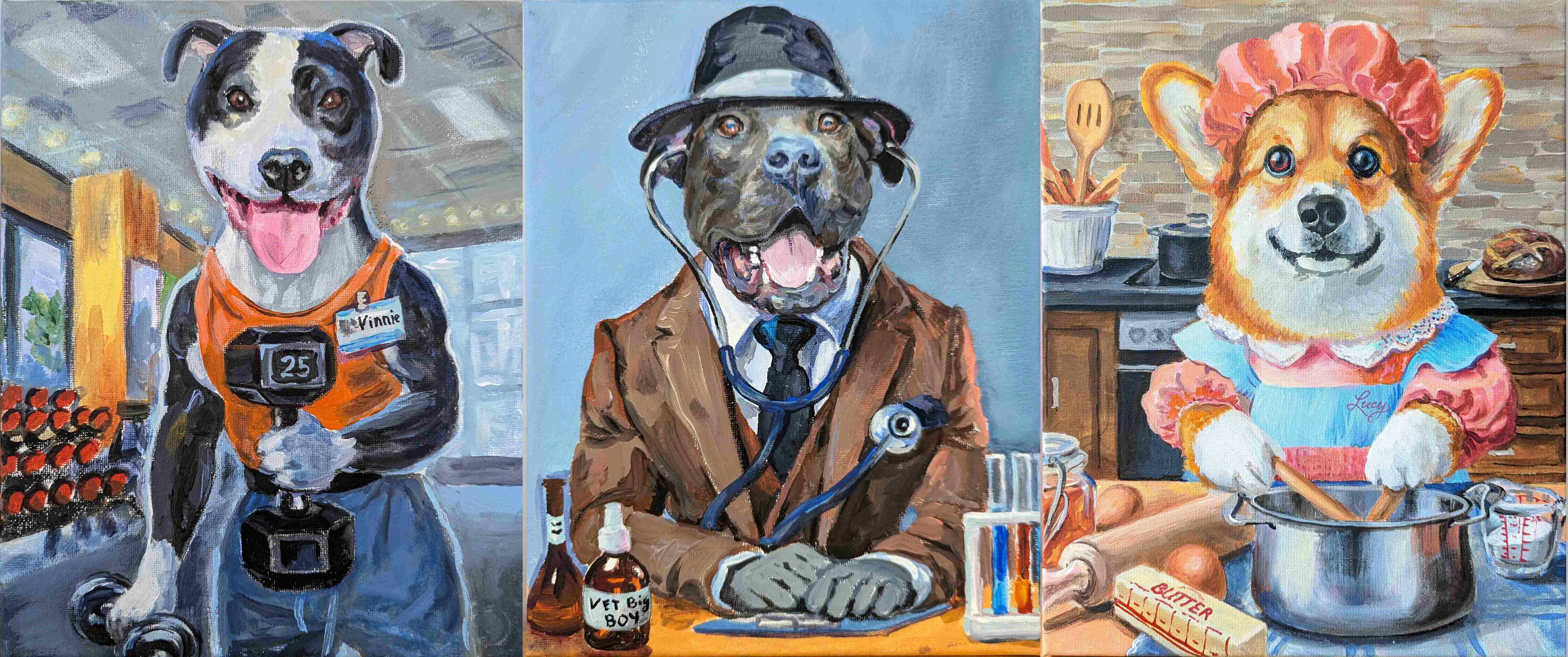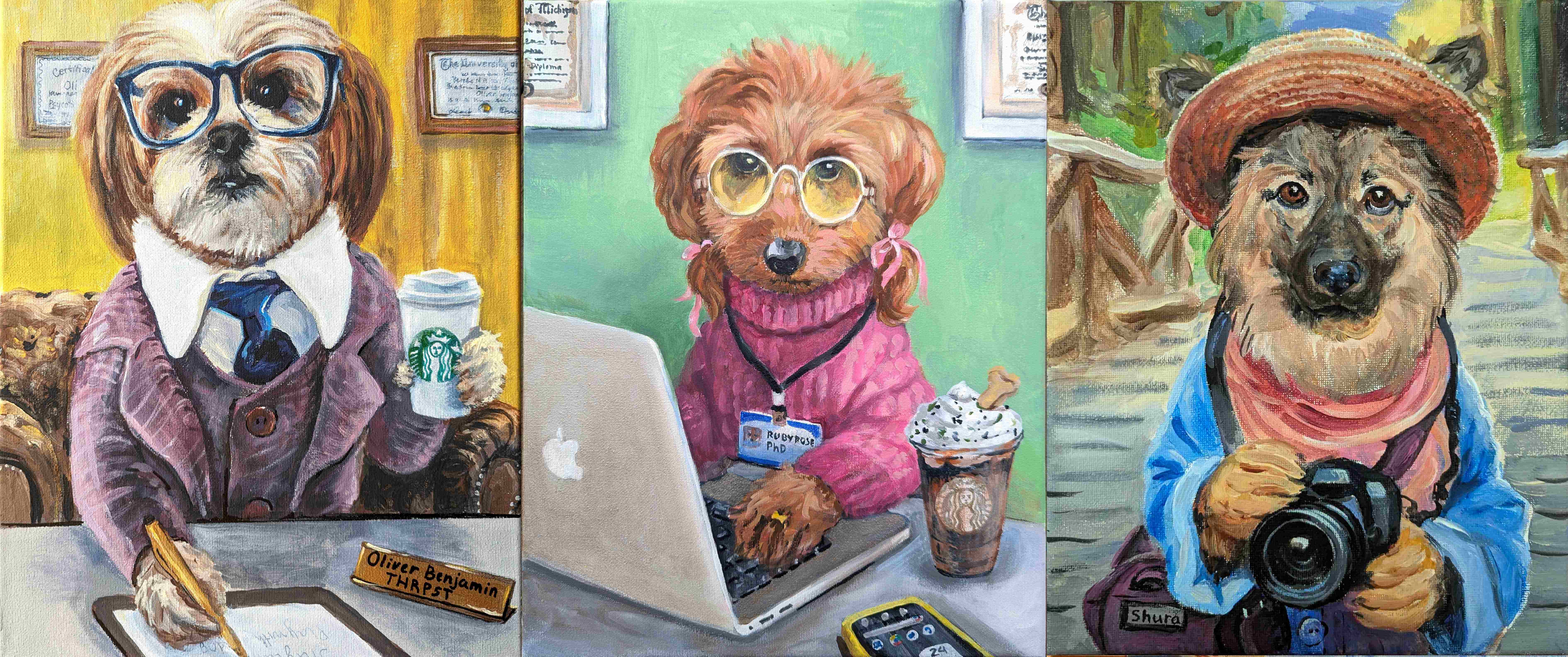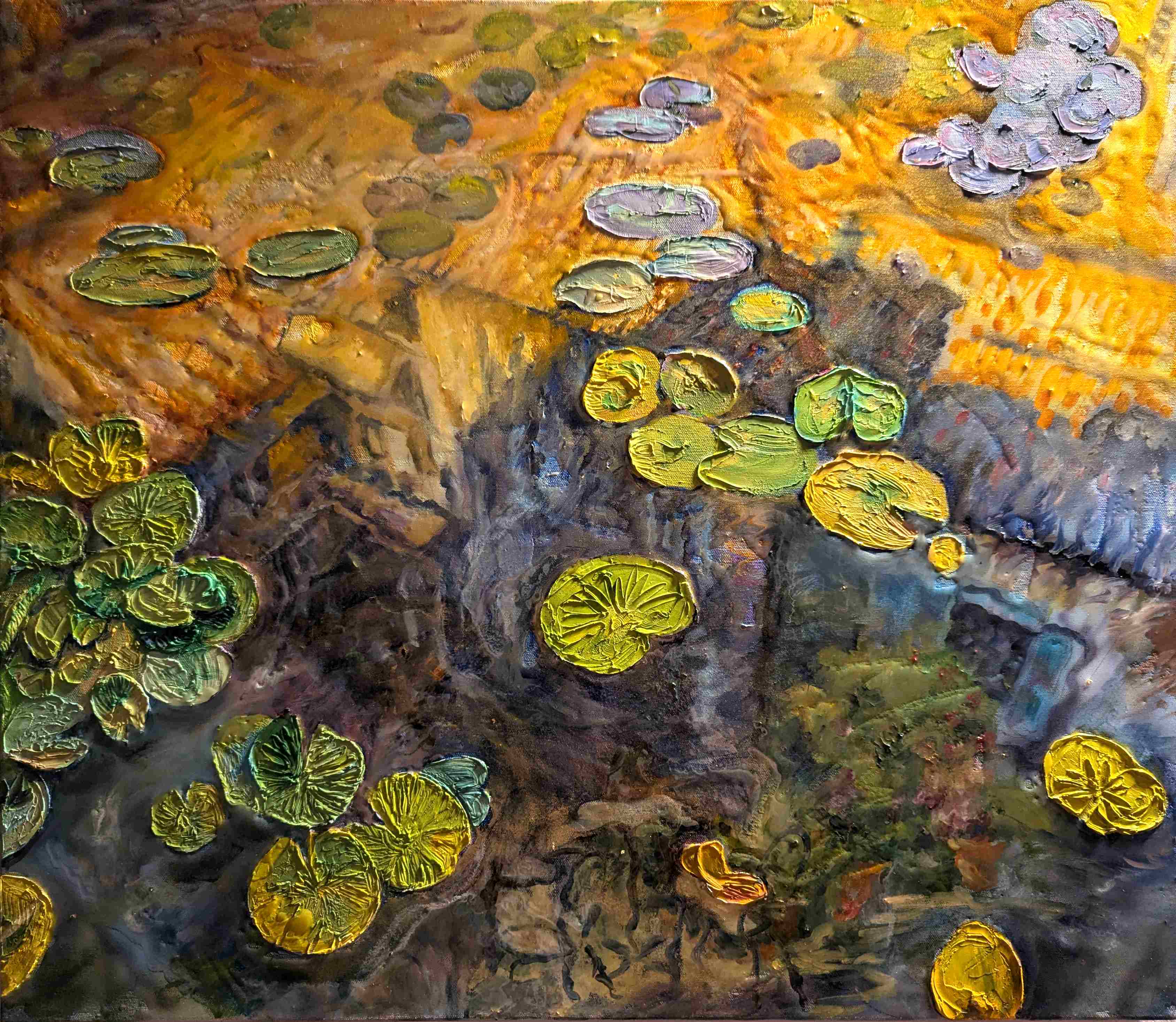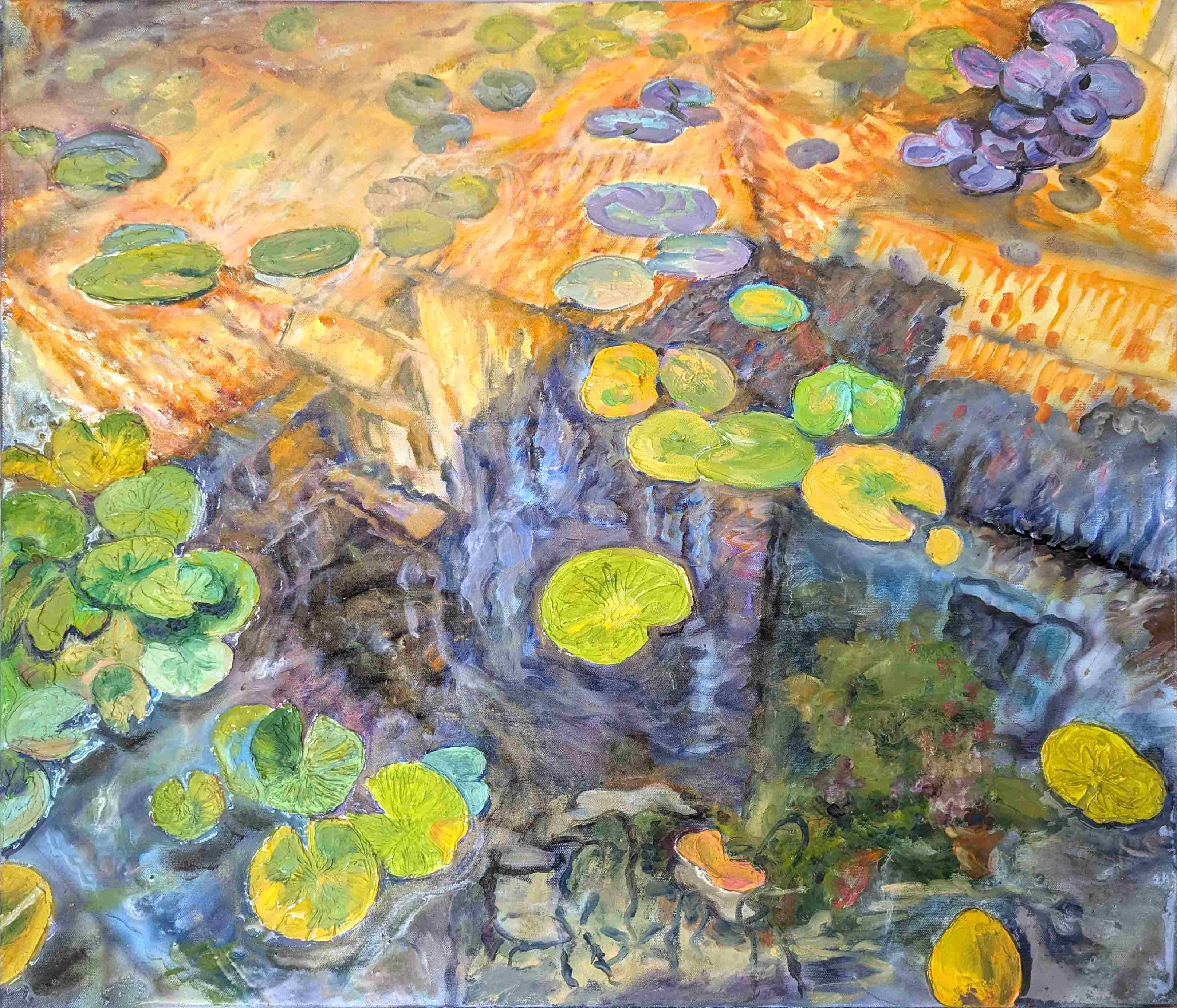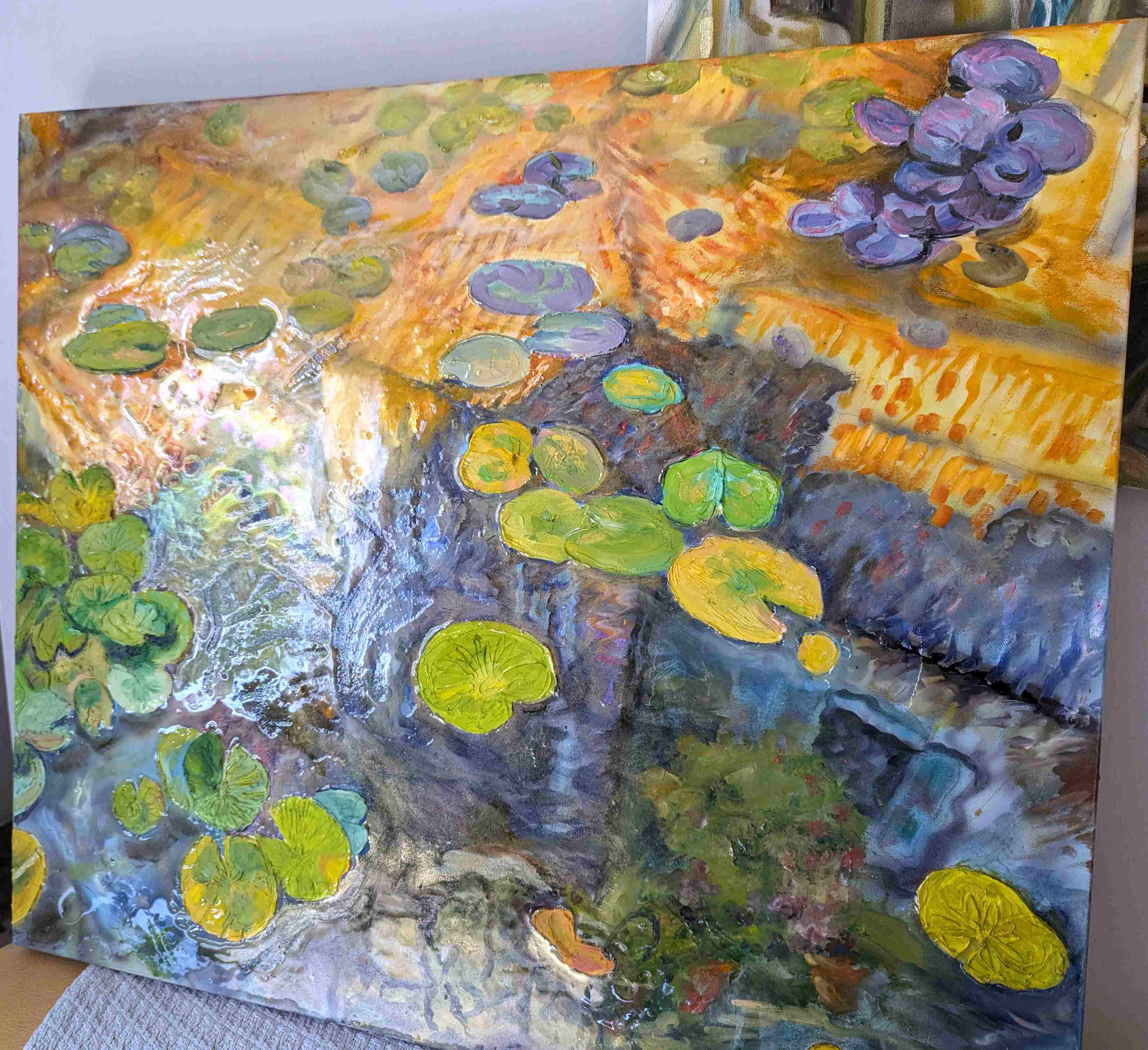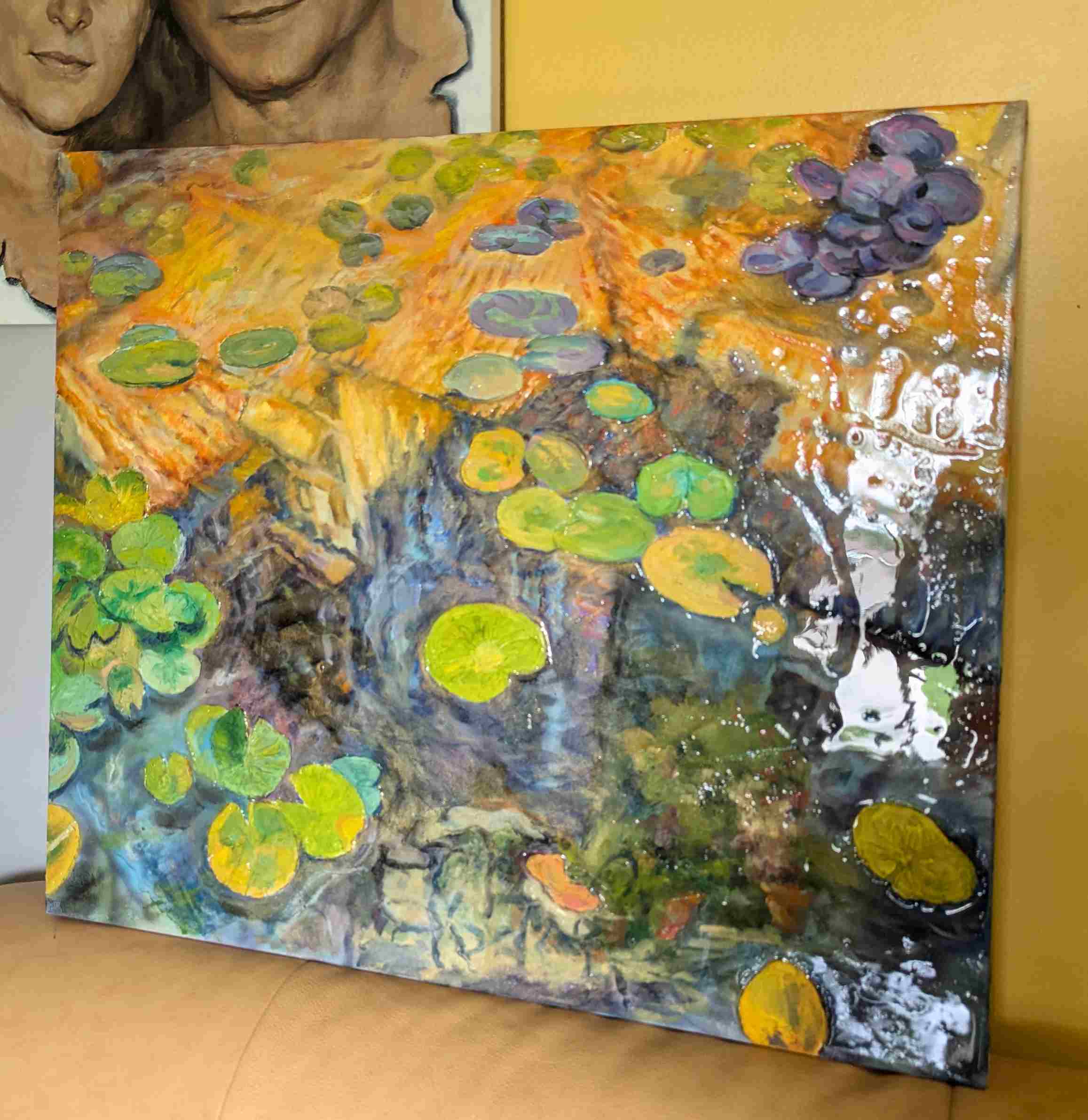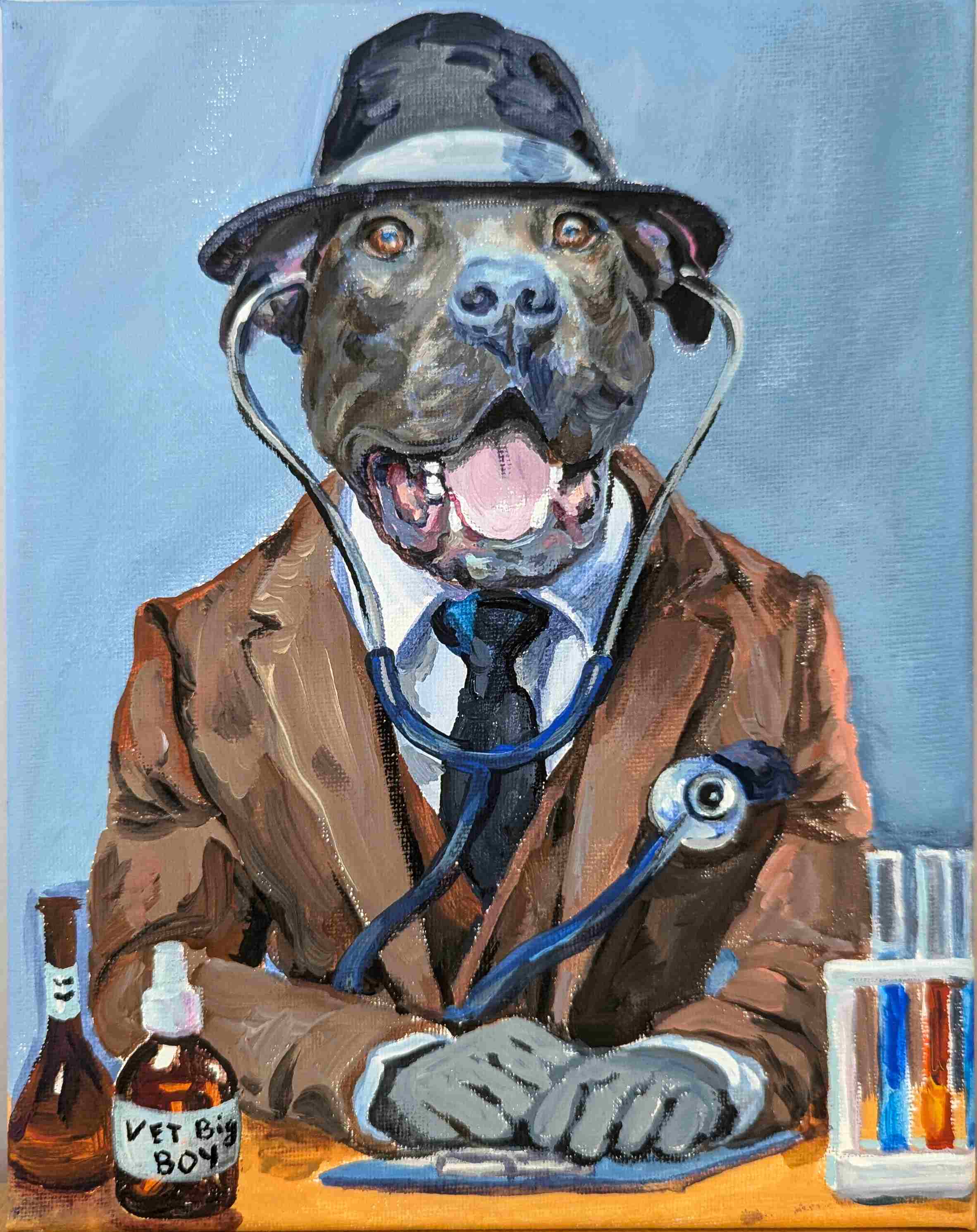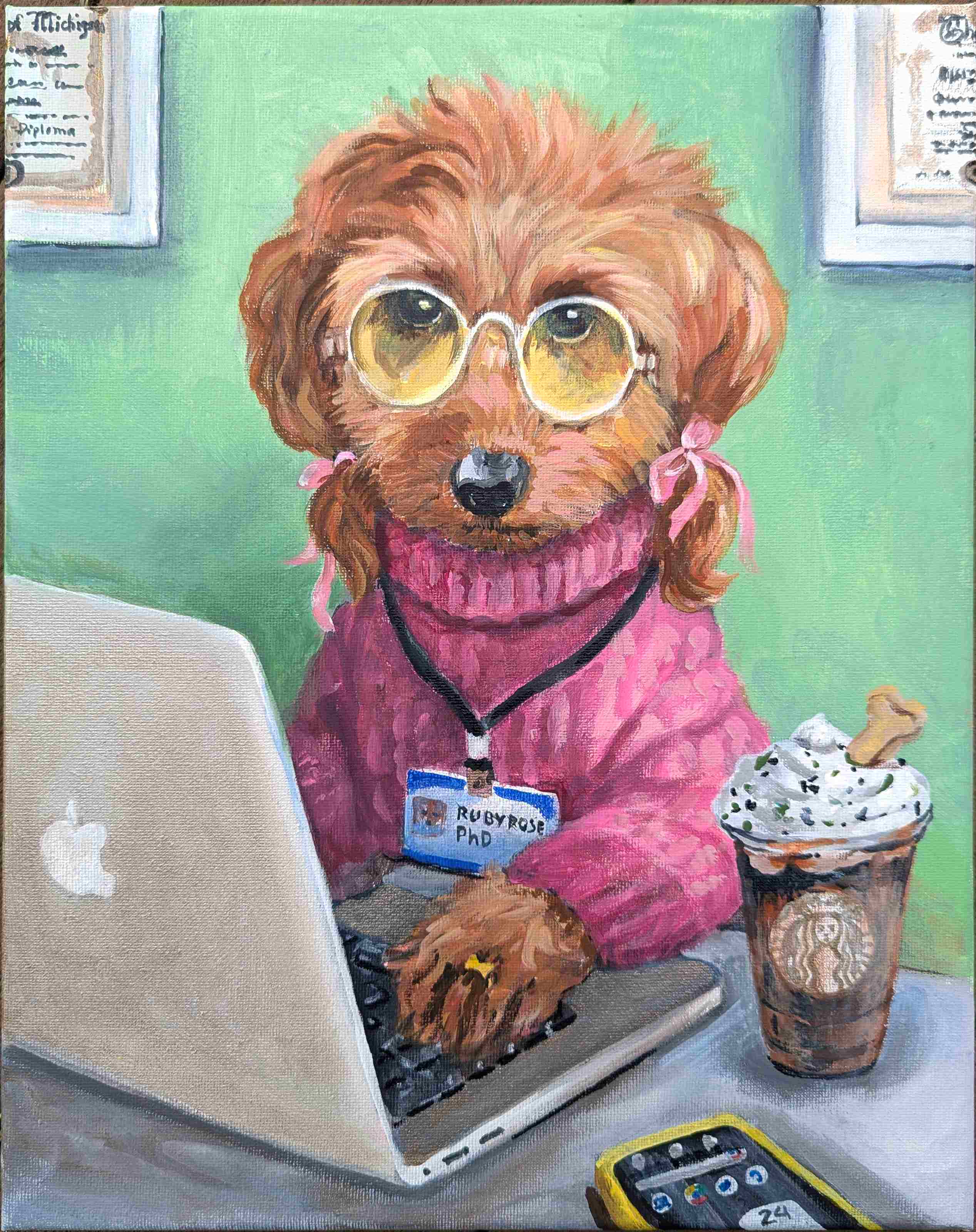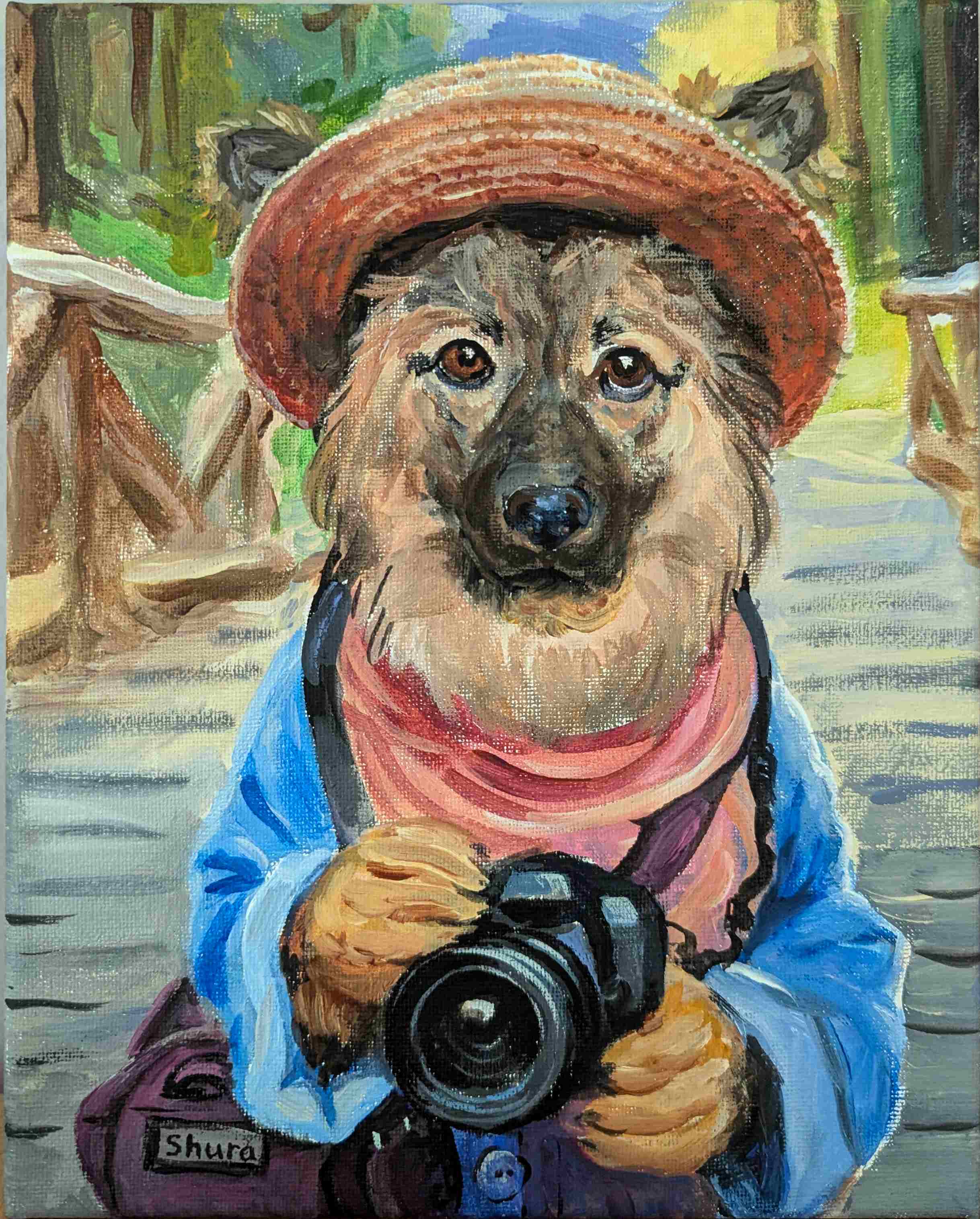The Importance of Teaching Basic Drawing Skills to Every Child
In Rush In Art Academy we make an accent on basic drawing skills in all our art classes for kids and adults. You will ask why. It may be "boring" for my kids, for me. Here is why:
In today’s fast-paced world, where digital entertainment often takes precedence, the value of teaching basic drawing skills to children cannot be overstated. While entertaining art projects have their place, providing a foundation in drawing offers numerous benefits that extend beyond the canvas.
Building Fundamental Skills
Basic drawing skills are the building blocks of all visual arts. They teach children how to observe the world around them, understand proportions, and develop hand-eye coordination. These skills are essential for more advanced artistic endeavors and can be applied to various forms of art, from painting to sculpture.
Enhancing Cognitive Development
Drawing is not just about creating images; it’s a cognitive exercise that enhances critical thinking and problem-solving skills. When children learn to draw, they engage in a process that requires planning, spatial reasoning, and attention to detail. This cognitive engagement can improve their academic performance in subjects like math and science.
Encouraging Creativity and Expression
While entertaining art projects are fun, they often come with predefined outcomes. Teaching basic drawing skills, on the other hand, encourages children to explore their creativity and express themselves uniquely. It allows them to create original works of art, fostering a sense of accomplishment and boosting their self-esteem.
Developing Patience and Perseverance
Learning to draw requires practice and patience. Children learn that mastery doesn’t come overnight and that persistence is key to improvement. This lesson in perseverance is invaluable and can be applied to many areas of life, teaching children the importance of dedication and hard work.
Providing a Therapeutic Outlet
Art, including drawing, can be a therapeutic activity. It provides children with a healthy way to express their emotions and cope with stress. Basic drawing skills give them the tools to articulate their feelings visually, which can be particularly beneficial for those who find it challenging to express themselves verbally.
Preparing for Future Opportunities
For children who develop a passion for art, having a strong foundation in drawing can open doors to future opportunities. Whether they pursue a career in the arts or use their skills in other fields, the ability to draw can be a valuable asset. It can lead to careers in graphic design, architecture, animation, and more.
Conclusion
While entertaining art projects have their place in fostering a love for creativity, teaching basic drawing skills provides children with a solid foundation that benefits their overall development. It equips them with essential skills, enhances cognitive abilities, encourages creativity, and prepares them for future opportunities. By investing in basic drawing education, we give children the tools they need to succeed both in art and in life.
Same is true for adult art classes, too. Although the basic skills are not required for adults coming to art class at Rush In Art Academy mostly for fun, the skills will make their creative process more smooth and relaxed.





